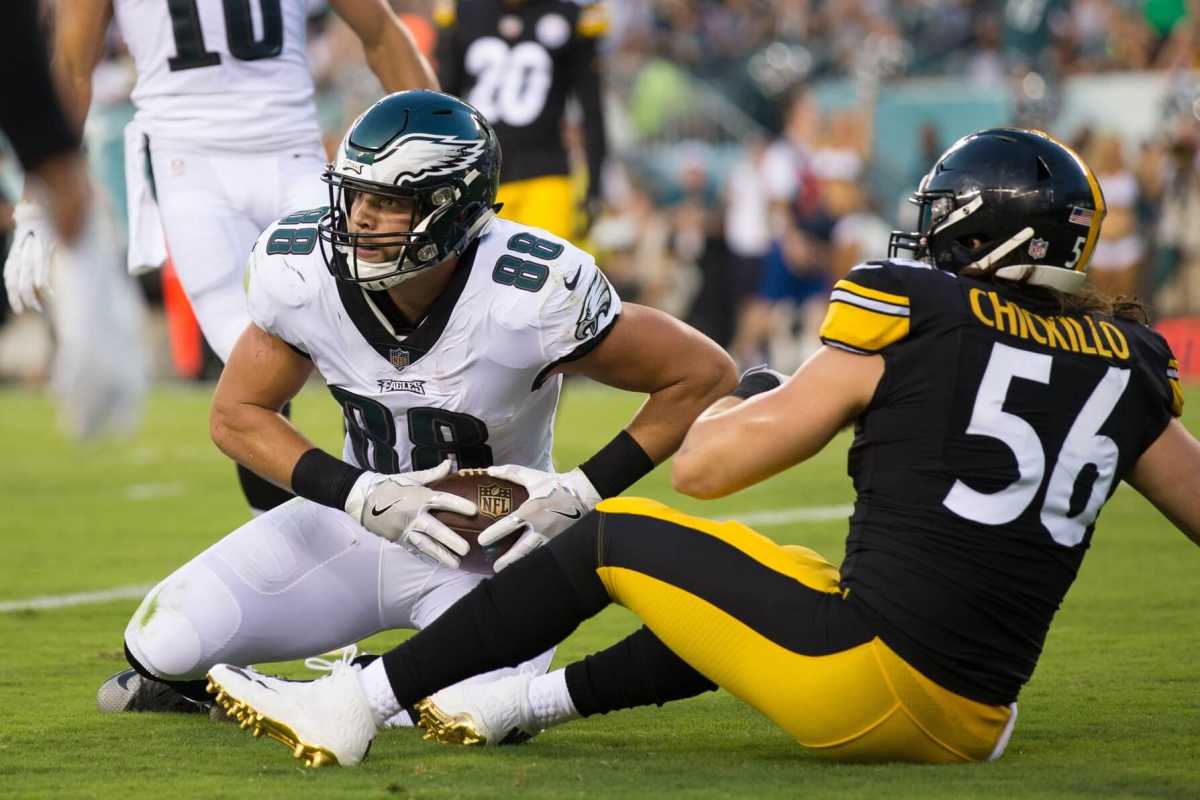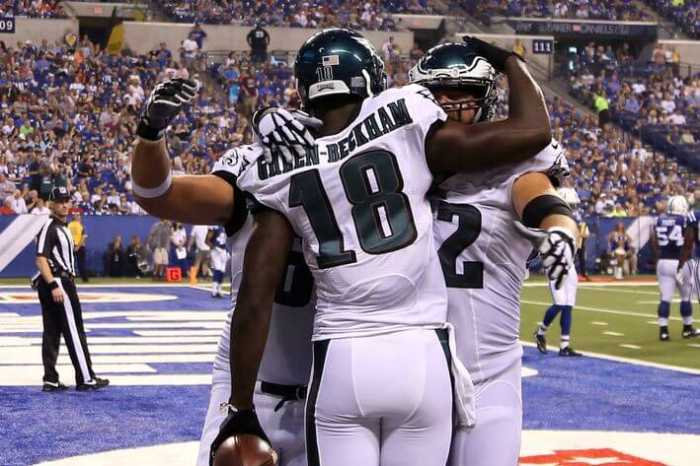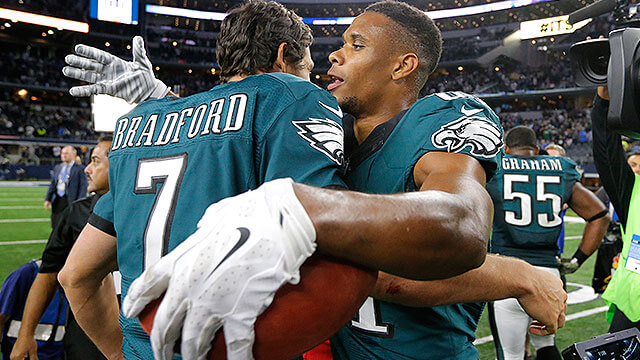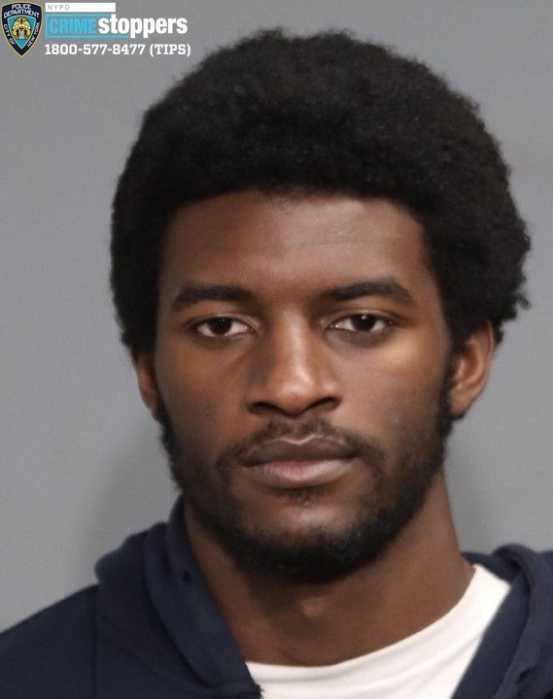The Eagles marched into Tampa Bay with the intent of going 2-0 and extinguishing any offensive fire that the Bucs had burning. It took just one play for that fire to spread a little too dangerously for the Eagles to combat. Instead, they had to fight back with some offensive firepower of their own, something that became increasingly difficult as the game went on.
Mike Wallace went down with what could be a season ending injury, Jay Ajayi missed most of the first half with a back problem and Jason Peters was continuously limping on and off the field. Firepower was at a minimum…which is what makes Pederson’s decision to not use his rookie tight end even more confusing.
Joshua Perkins, a former wide receiver who had recently transitioned inside, played in 26 snaps compared to Goedert’s 17. When the team were in dire need of a receiving threat, they opted to turn to playing Perkins in the slot, as opposed to the team’s second-round draft selection.
At 6’5, 260 lbs, Goedert’s back-to-back 1,000 yard seasons at South Dakota State are hard to miss. With 13 100-yard receiving games during that same span, Goedert ended his SDSU career fourth in school history when it comes to receiving yards (2,988).
A small-school sleeper in every sense of the word, Goedert’s route-running is simply exceptional and he launches off the line with tremendous burst. Soft hands and an impressive pro-day round out a skillset that is only lacking blocking fundamentals…something that can easily be coached later.
So why, oh why, is he seeing virtually no playing time when the offense is crying out for a difference maker? Pederson explained the thought process to reporters after the game.
“Some of it is game planning. We lose receivers, we start having to use the second or third tight end. Listen, it’s a complex thing when you start moving bodies around. Without getting real specific with the gameplan, just one part that goes down, you have to adjust everybody else. A lot of times it’s easier with (Perkins) in the game. Dallas played, but at the same time, it didn’t change our receivers on the outside. Those guys are in their same spots.
It’s complicated because you (the media) don’t know the plan. When you don’t know the plan or the formations, where we move guys and have guys specifically in the game plan, when one guy goes down, it shuffles the whole thing. So we can keep it real consistent by just moving one part and many parts.”
To some degree, it does make sense. The Eagles needed outside help and Perkins is more versatile given his receiving background, but if you’re going to constantly roll out 11 personnel (1 RB 1 TE) which the Eagles have now done in consecutive games, does it not marginalize A) the run game, which had already taken a tumble and B) the wideouts who are already struggling?
If you have more depth at tight end and a more explosive way of moving the chains, surely overloading a linebacking corps that has struggled mightily in stopping tight ends would be the better option? Zach Ertz became a security blanket for Nick Foles in the second half and if you brought Goedert into the equation, the field may have shrunk due to the increased TE exposure, but that doesn’t mean that either player would have been easier to defend. In fact, it may have actually elevated some of the stress faced by a depleted WR corps and helped them find some much needed space.
Whether it’s game planning or something a little more serious, this was a perfect spot for the Eagles second-round pick to make an impact. Josh Perkins made some nice plays, but he also had two howling dropped passes that stuck out like a sore thumb. With Mike Wallace’s injury looming large, the Eagles have to find some receiving firepower from somewhere and if they can’t turn to a player whom they drafted so highly for that very reason, then that has to be a cause for concern.
Mandatory Credit: Bill Streicher-USA TODAY Sports





























